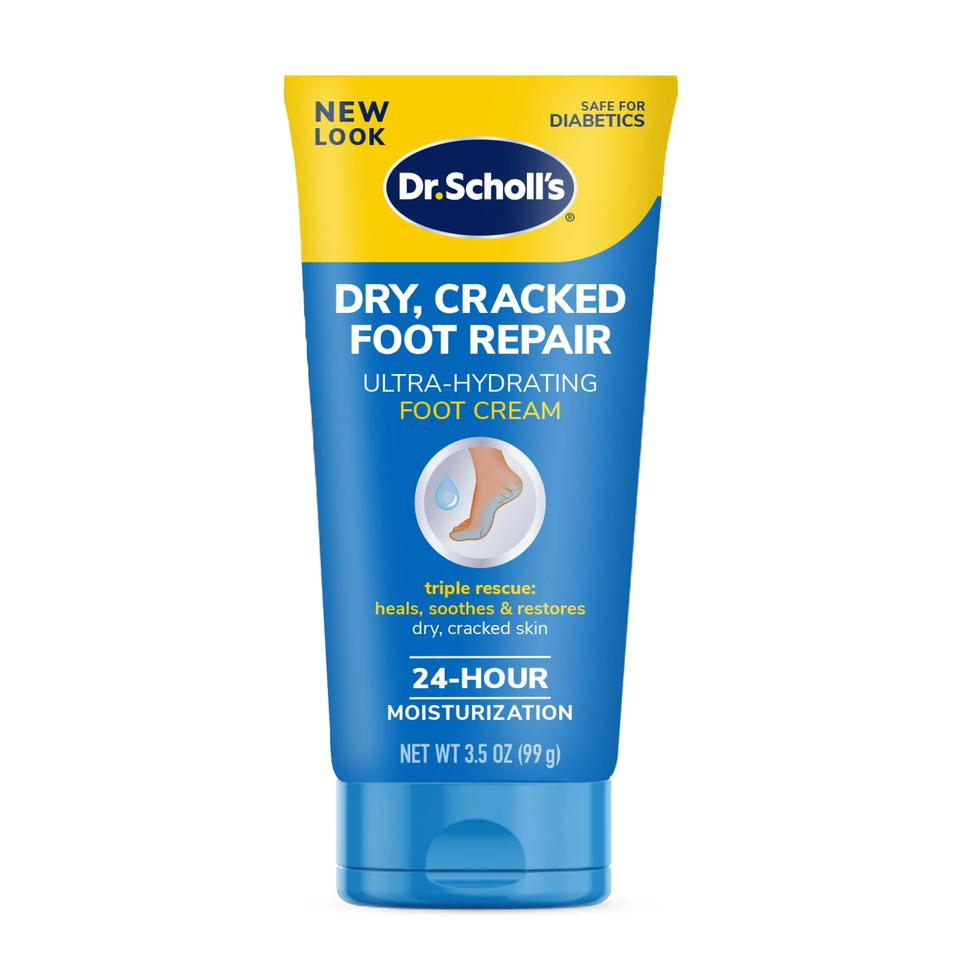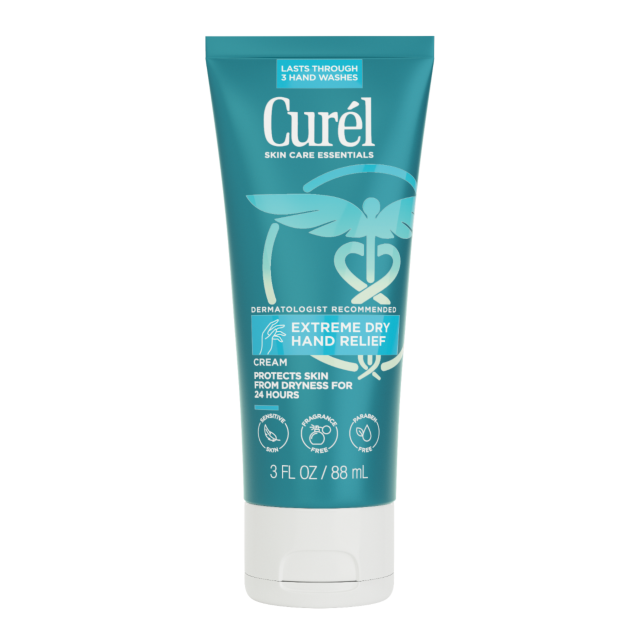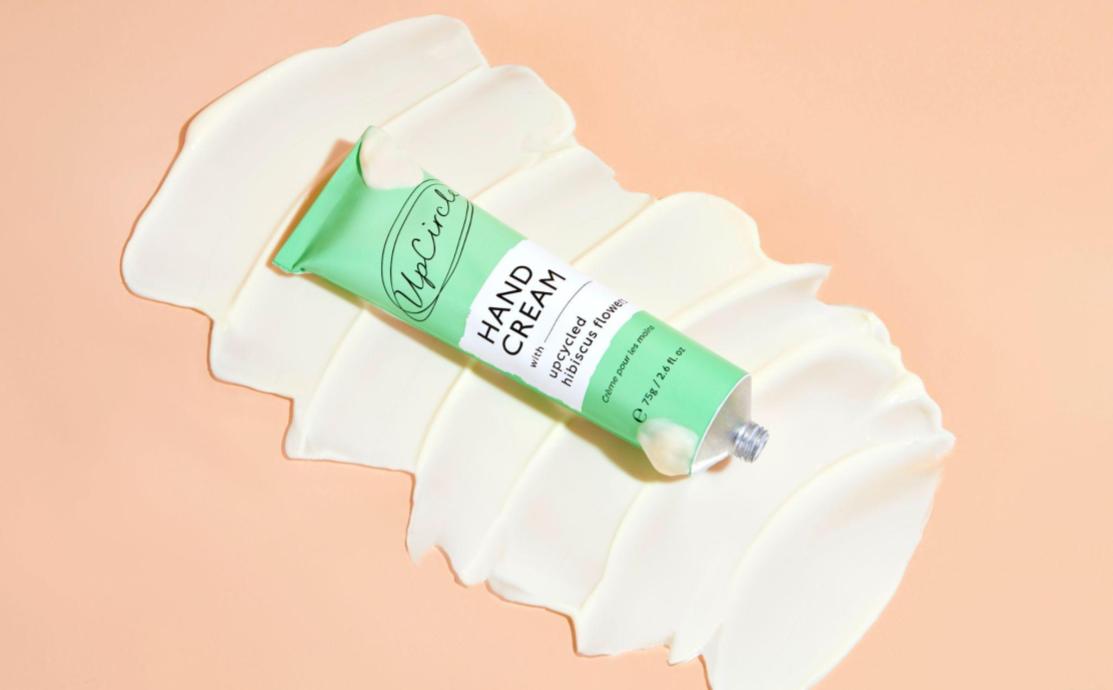Are you tired of dealing with painful, cracked heels that make every step uncomfortable? You’re not alone. Foot Creams will be the best solution.
Cracked heels can affect your confidence and even limit your daily activities. But the good news is, the right foot cream can bring relief and restore your skin’s smoothness. You’ll discover the best foot creams designed specifically to heal and nourish cracked heels.
Keep reading to find the perfect solution that will help you walk comfortably again.
Table of Contents
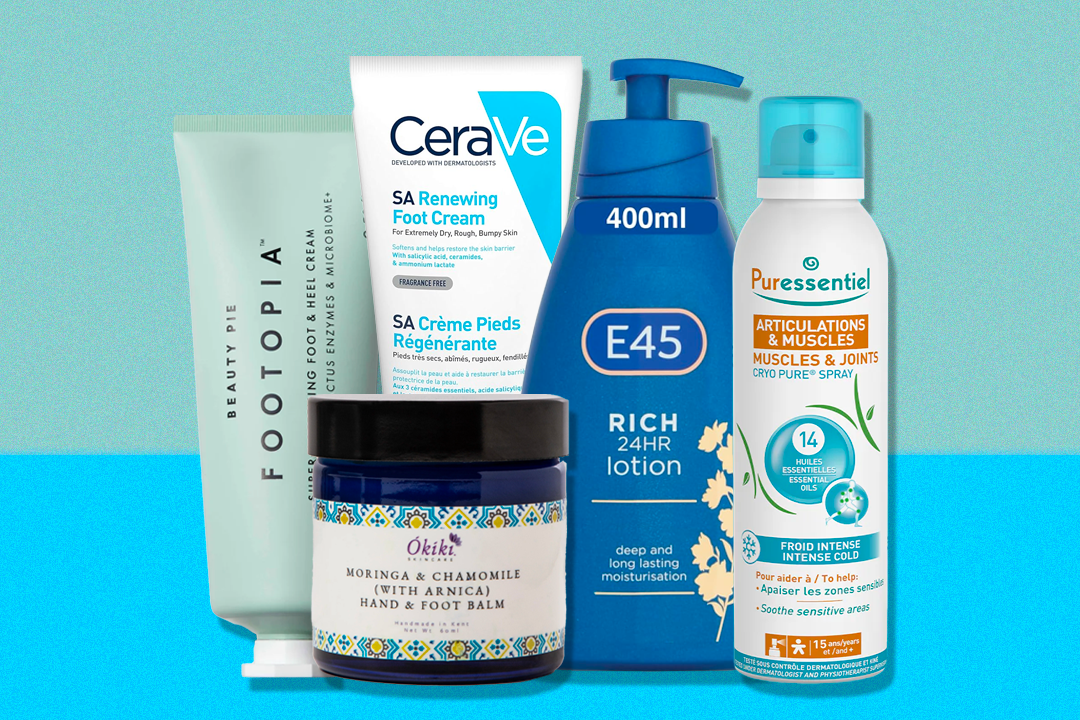
Credit: granitespringssd.com
Causes Of Cracked Heels
Cracked heels happen when the skin around your feet becomes dry and rough. The skin splits open, causing pain and discomfort. Understanding what causes cracked heels helps you prevent and treat them effectively.
Dry Skin And Environmental Factors
Dry skin is the main cause of cracked heels. Cold weather, low humidity, and hot showers can dry out your skin. Walking barefoot or on hard floors also makes your feet lose moisture. Without enough moisture, the skin hardens and cracks appear.
Impact Of Footwear Choices
Wearing open-backed shoes or sandals puts pressure on your heels. This pressure causes the skin to expand and crack. Tight shoes can cause friction and damage the skin too. Proper footwear helps keep your feet safe and healthy.
Medical Conditions Affecting Feet
Certain health problems can lead to cracked heels. Diabetes reduces blood flow, making skin dry and weak. Thyroid problems and eczema also affect skin health. Treating these conditions can reduce heel cracks and improve comfort.
Key Ingredients For Heel Repair
Cracked heels need special care. The right ingredients help heal and soften the skin. These ingredients work together to fix dry, rough patches and prevent further damage. Understanding key components helps choose the best foot cream for heel repair.
Moisturizers And Emollients
Moisturizers add water to the skin. They keep the skin soft and prevent dryness. Common moisturizers include glycerin and urea. Emollients fill gaps between skin cells. They smooth rough areas and make skin flexible. Shea butter and cocoa butter are popular emollients. These ingredients help lock moisture in the skin.
Exfoliating Agents
Exfoliating agents remove dead skin cells. This clears thick, cracked patches on heels. Ingredients like salicylic acid and lactic acid gently peel away rough skin. Regular exfoliation lets moisturizers work better. It also helps skin heal faster and look healthier.
Healing And Soothing Components
Healing ingredients repair damaged skin. They reduce pain and inflammation. Aloe vera and allantoin calm irritated skin. Panthenol helps rebuild skin layers. These components support faster recovery. They also protect skin from new cracks.
Top Foot Creams For Cracked Heels
Cracked heels cause discomfort and affect daily walking. Choosing the right foot cream can soothe pain and repair dry skin. Effective creams soften hard skin and restore moisture. Some creams work faster with special ingredients. Here are top foot creams that help heal cracked heels quickly.
Creams With Urea
Urea is a powerful ingredient for dry, cracked skin. It breaks down tough, dead skin cells gently. These creams deeply hydrate and soften rough heels. They also improve skin texture over time. Many dermatologists recommend urea creams for heel care. Using them regularly reduces cracks and prevents pain.
Natural And Organic Options
Natural foot creams use plant oils and extracts. Ingredients like shea butter, coconut oil, and aloe soothe and heal skin. These creams avoid harsh chemicals that may irritate sensitive feet. They nourish skin with vitamins and antioxidants. Ideal for those who prefer gentle, eco-friendly skincare products.
Budget-friendly Picks
Effective foot creams don’t have to cost a lot. Many affordable creams offer good hydration and repair. Look for products with glycerin, lanolin, or petrolatum. These ingredients lock in moisture and protect cracked heels. Budget creams are widely available at drugstores and supermarkets.
How To Choose The Right Cream
Choosing the right foot cream for cracked heels is important. The right cream helps heal and protect your skin. It also keeps your feet soft and smooth. Not all creams work the same for everyone. Some creams suit certain skin types better. Others target deep cracks or mild dryness. Understanding your needs makes picking a cream easier.
Skin Type Considerations
Check your skin type before buying a foot cream. Dry skin needs creams with strong moisturizers. Oily skin benefits from lighter, non-greasy formulas. Sensitive skin requires creams with gentle ingredients. Some creams contain fragrances that may irritate. Choose products labeled hypoallergenic for sensitive skin. Knowing your skin type helps avoid discomfort.
Severity Of Cracks
Look at how deep your cracks are. Mild cracks need creams with basic hydration. Deep, painful cracks require creams with healing agents. Urea and salicylic acid help soften thick, rough skin. Thicker creams work better for severe cracks. Match the cream’s strength to your skin’s condition. This speeds up healing and prevents more damage.
Allergy And Sensitivity Factors
Check the ingredient list carefully. Some creams contain allergens like fragrances or dyes. These can cause redness or itching. Choose creams free from harsh chemicals. Test a small amount on your skin first. Wait 24 hours to see if a reaction occurs. Safe creams protect your skin without causing irritation.
Tips For Effective Heel Care
Cracked heels can cause pain and discomfort. Proper care helps keep feet soft and healthy. Small habits make a big difference in heel care. Follow simple tips to improve your foot health daily.
Using the right foot cream is important, but how you care for your feet matters too. Consistency and gentle care help heal cracks faster. Let’s explore easy ways to take care of your heels.
Daily Foot Care Routine
Wash your feet with warm water every day. Avoid harsh soaps that dry out your skin. After washing, dry your feet completely, especially between toes. Apply foot cream daily to keep skin soft. Wear clean, breathable socks to protect your feet. Change socks daily to prevent bacteria build-up. Avoid walking barefoot on hard surfaces to reduce heel damage.
Proper Application Techniques
Apply foot cream after washing and drying your feet. Use enough cream to cover the entire heel area. Massage gently in circular motions to improve blood flow. Focus on rough and cracked spots for better absorption. For best results, apply cream before bedtime. Wear cotton socks after applying cream to lock in moisture. Avoid applying too little cream to prevent dryness.
Additional Home Remedies
Soak feet in warm water with Epsom salt for 15 minutes. This softens hard skin and eases cracks. Use a pumice stone gently to remove dead skin. Avoid aggressive scrubbing that can worsen cracks. Apply natural oils like coconut or olive oil for extra moisture. Use honey as a natural healer by applying it overnight. Keep feet hydrated by drinking plenty of water daily.

Credit: www.allure.com
When To See A Doctor
Cracked heels can often be treated at home with good foot creams and care. Yet, some signs suggest it is time to see a doctor. Early attention helps prevent serious problems and pain. Knowing when to seek medical advice ensures your feet heal properly and stay healthy.
Signs Of Infection
Watch for redness, swelling, or warmth around the cracks. Pus or unusual discharge also signals infection. Pain that gets worse or spreads to other areas is a warning. Fever may show your body is fighting an infection. These signs need prompt medical care.
Persistent Or Severe Cracks
Cracks that do not improve after weeks of care need a doctor’s check. Deep, painful cracks that bleed or cause difficulty walking require medical help. Ignoring these can lead to more damage or infection. A doctor can suggest stronger treatments or special care.
Underlying Health Issues
People with diabetes or poor blood flow should see a doctor early. Cracked heels may signal other health problems that need attention. A doctor can check for nerve damage or circulation issues. Early care helps avoid serious foot complications in these cases.
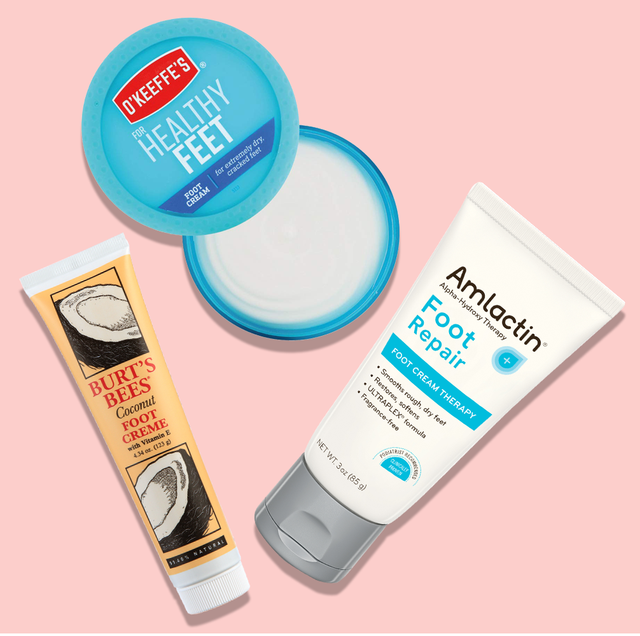
Credit: www.goodhousekeeping.com
Frequently Asked Questions
What Ingredients Should I Look For In Foot Creams?
Look for urea, shea butter, glycerin, and salicylic acid. These ingredients deeply moisturize and soften cracked heels effectively.
How Often Should I Apply Foot Cream For Cracked Heels?
Apply foot cream twice daily, preferably morning and night. Consistent use helps maintain moisture and heal cracked skin faster.
Can Foot Creams Prevent Cracked Heels?
Yes, regular use of foot cream creates a moisture barrier. This barrier prevents dryness and reduces the risk of cracks forming.
Are Natural Foot Creams Effective For Cracked Heels?
Natural creams with coconut oil, aloe vera, or tea tree oil can soothe and hydrate. They offer gentle, effective care for sensitive skin.
Conclusion
Choosing the right foot cream can heal cracked heels fast. Consistent care helps your feet stay soft and healthy. Apply cream daily, especially before bed, for best results. Remember, dry, cracked heels need gentle but steady attention. Healthy feet improve comfort and confidence every day.
Treat your feet kindly—they carry you through life. Start using a good foot cream today and feel the difference. Small steps lead to happy, smooth heels.


